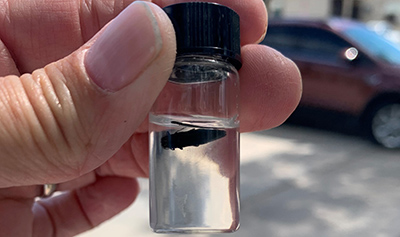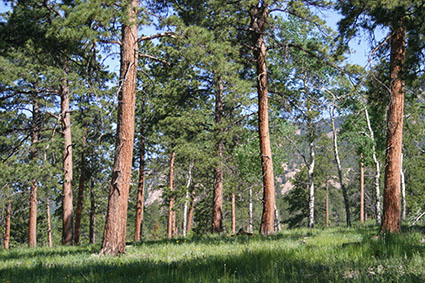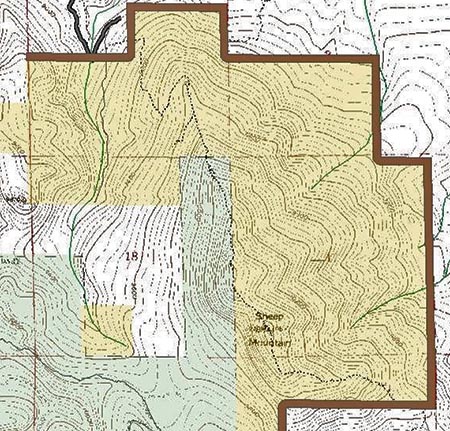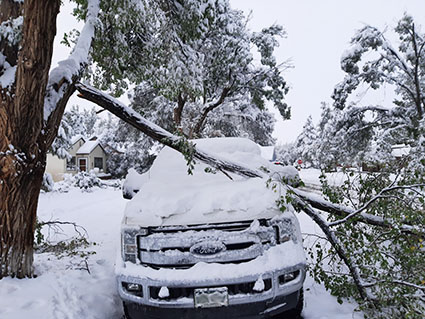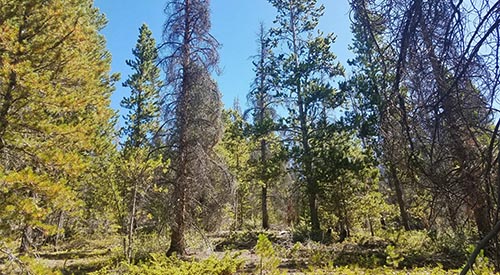
Tree Watering Necessary During Drought Conditions
Despite occasional rain showers in areas of western Colorado over the spring and summer, persistent drought conditions have parched soil over much of the western part of the state, stressing irrigated lawns and larger landscape trees.


